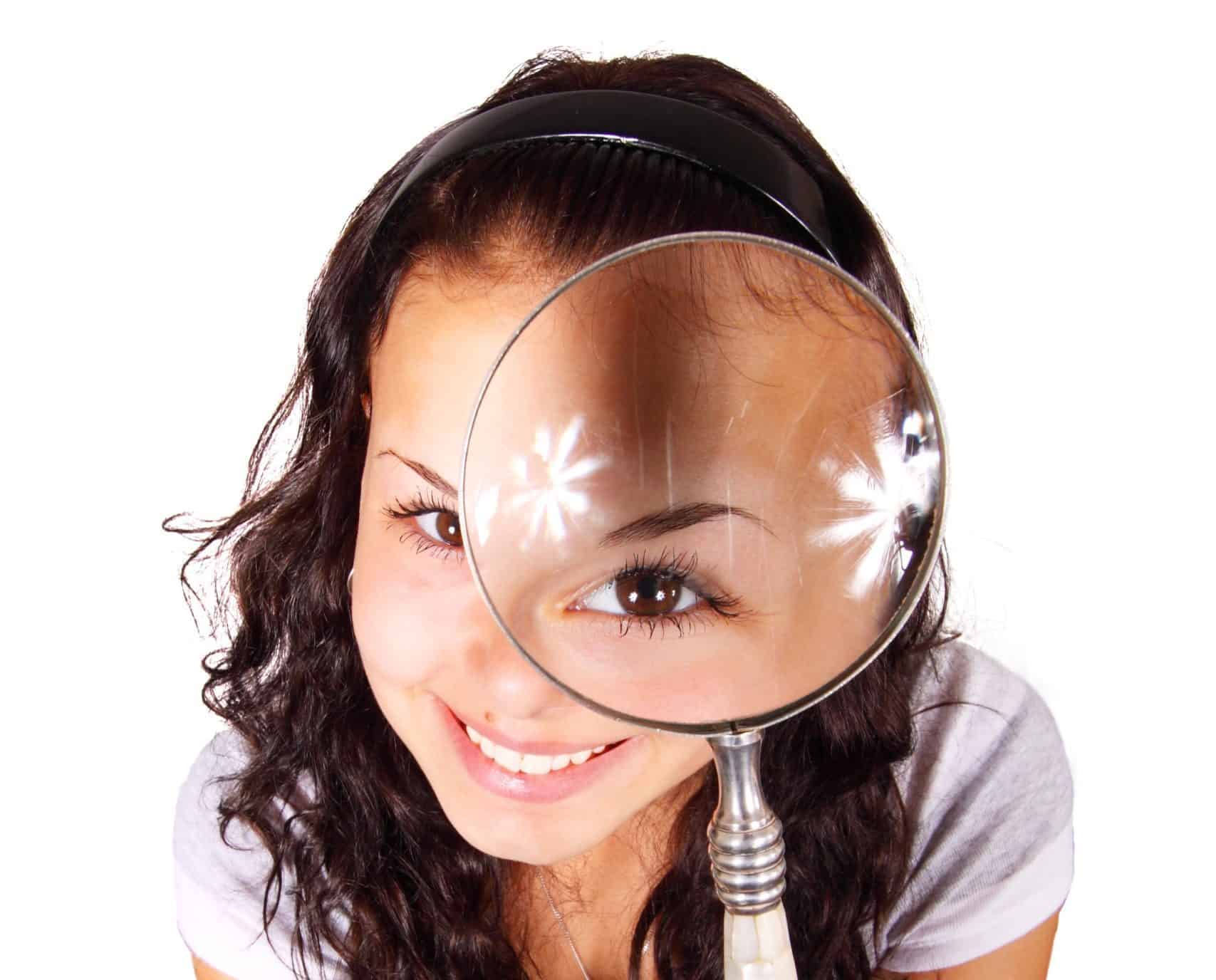You wake up with bites on your legs and arms. You wonder “What bit me?”. You know when you went to sleep you did not have the bites. Now you want to check for bed bugs, but how do you do it? The easiest way to check for bed bugs is to call a professional to inspect your home. A professional bed bug inspector has the experience to quickly identify bed bugs correctly. To check for bed bugs by yourself there are some things you need to do.
Prepare for the inspection
You will need a few items before you begin your check for bed bugs. These items will help you to locate and identify live bed bugs, bed bug eggs, skin casts, and fecal smears. The list of items you will need are:
- Strong Flashlight – If you do not have a flashlight then use the app on your phone
- Magnifying Glass – You can use the zoom feature on your phone’s camera.
- White piece of paper – You can place a bug on it to help see the outline
Knowledge of what a bed bug looks like
. A close-up of a bed bug under a microscope is not going to help you. 120 Pest photo gallery has very good field pictures and videos of bed bugs. The pictures accurately represent what you will find with the naked eye and using your phone. The pictures we have of the fecal droppings, eggs, and skin casts tend to show a heavier infestation than you might encounter.
Where to find bed bugs during your check.
Your need to check the hot spots in your home for bed bugs. There are the locations in your home where the bed bugs are most likely to be found. Below is the order of places to check. Use your flashlight to light up the area as you search. If you find something you can use the magnifying glass and the white paper to get a better look. Phones can have a hard time zooming in and focusing correctly on a really small object. Go slow with the zoom until the bug becomes clear enough to snap a picture.
Mattress
You will need to look at the seams and stitching. You are looking for black smearing, live bed bugs, and skin castings. Be careful when peeling back the sheets and mattress cover. If you rip it off fast the bed bugs may go flying.
Boxsprings
You will have to take the mattress off first. Inspect the seams around the edge. Flip over the mattress and look at the dust cover on the bottom. Removing the dust cover is usually not necessary.
Bed Frame
Look behind the headboard, footboard, under the bed slats, and in the joints of the legs.
Night Stand and Dresser
Look underneath, in the drawers, and on the back.
Sofas and Frequently used Recliners
These are hard to inspect. If you sleep on your couch more than your bed, then this is a good place to start. Don’t forget to let out the footrest and look underneath. With the footrest raised it can make it easier to inspect. If the cushions don’t come out make sure to inspect the seems by pulling them apart so you can shine your light down there.
How many bugs should I find?
You are looking for any signs of bed bugs. Sometimes you may not see any bugs but rather will find fecal smearing or skin casts. The failure to find a live bed bug does not mean they are not there. If other signs are present you can be confident they are there. They easily hide in small cracks and crevices. Most infestations are low to medium. That means during an inspection we find less than 50 bed bugs. Left unchecked or treated these small and medium infestations can grow. It takes 7-14 days for eggs to hatch. If you find any signs of a bed bug infestation, then you should contact a professional to confirm what you have found. You can place the bugs or casts you find into a zip lock bag or bottle for confirmation.
What if you are unsure of what you found?
If you have found something and you are not quite sure what it is you can send a message via our Facebook page with the picture and we will try and identify if it is bed bugs are not. If you are in our service area of Metro Atlanta or North Georgia then we will be happy to set an appointment to come and inspect your home for bed bugs.




